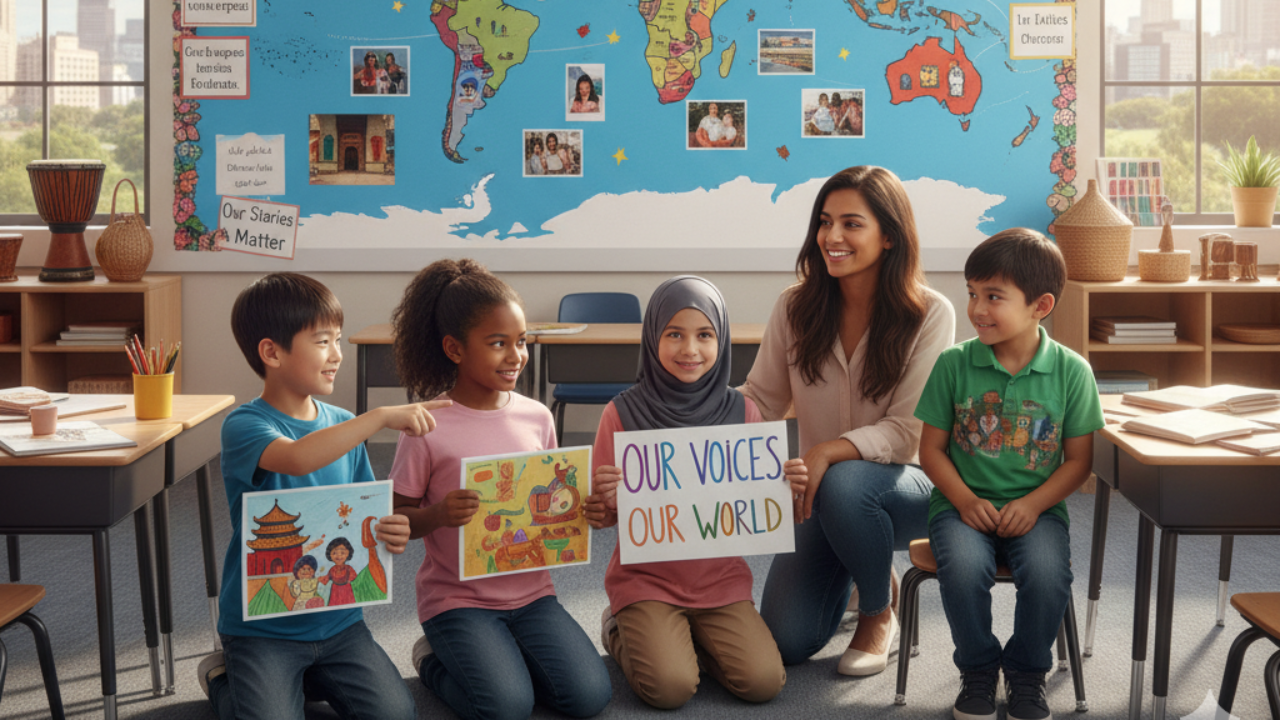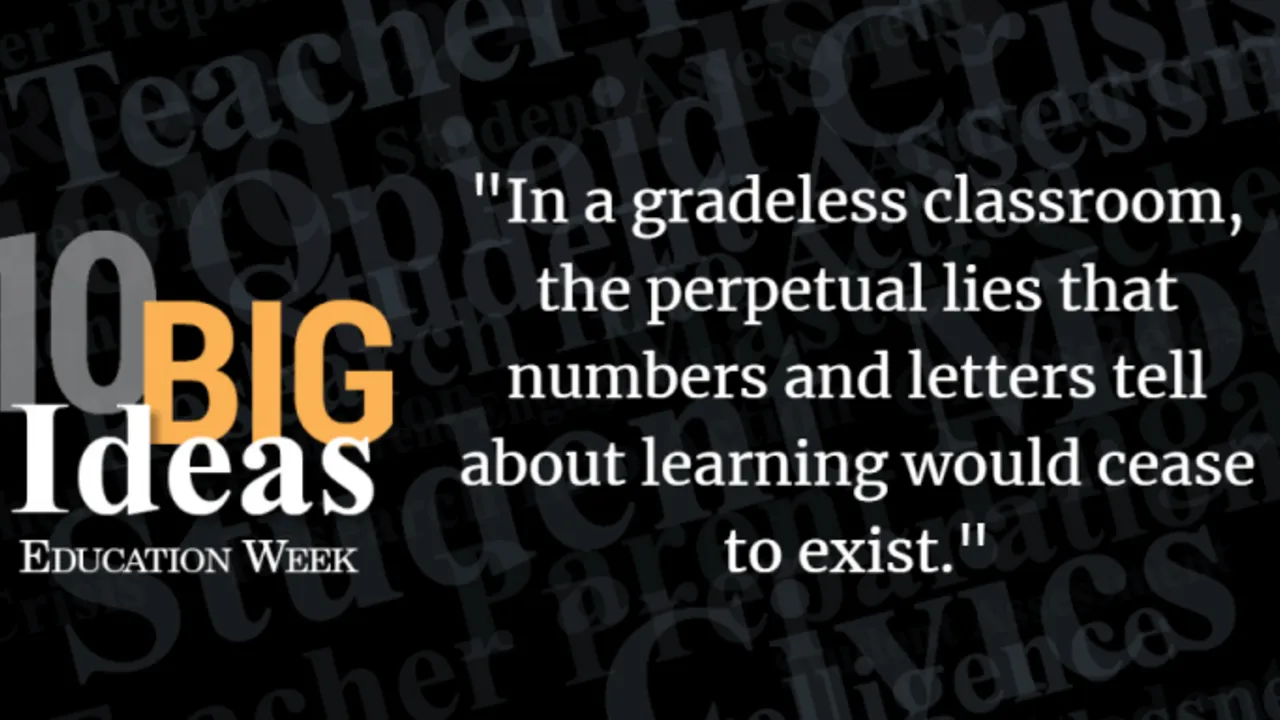Restorative Justice in the Classroom: 5 Ways to Create a Culture of Empathy and Responsibility
Sep 24, 2020
According to the Civil Rights Data Collection, of the 49 million students enrolled in public schools in 2011–2012, 3.5 million were suspended in-school, 3.45 million were suspended out-of-school, and 130,000 were expelled.
Another concerning fact from this source is that black students are suspended and expelled three times as often as white students, and students with disabilities are suspended twice as often as their non-disabled peers.
Zero-tolerance policies, which deliver harsh, predetermined punishments, are a root cause of many suspensions and expulsions in schools today, often affecting minority students the most.
Removing students from their educational setting instead of using alternative forms of discipline has many negative effects, including increasing the likelihood that students will enter the juvenile justice system or end up in prison, often referred to as the school-to-prison pipeline.
In short, mishandling discipline can greatly affect a student’s educational trajectory, or even more disheartening, the student’s life. It is our duty as professional educators to realize that within every wrongdoing is a teachable moment.
Further, we must take advantage of that moment rather than throwing it—and the student—out with the trash.
Every behavior is a form of communication—even behaviors that require disciplinary action. Our responsibility as professional educators is to try to understand those behaviors and, simply put, begin to do better with our behavior management systems.
So how exactly do we do that?
Teachers and school leaders Nathan Maynard and Brad Weinstein in their #1 Amazon bestseller book Hacking School Discipline, provide practical tips and strategies in the context of real-world examples to combat the disproportionality in our discipline policies, noted above, by examining and implementing equitable practices.
Restorative practice is an emerging social science that studies how we can strengthen relationships between individuals, as well as social connections within communities.
In their book, Maynard and Weinstein will teach you more about restorative discipline so you can use it to make a difference in students’ lives. They'll show you how to use restorative practices to manage behaviors that would often result in punishment.
These exercises will demonstrate an alternate route made up of creating responsibility for actions, an obligation to repair the harm caused, and action steps for righting the wrong. This philosophy takes a deeper dive into the “why” behind a behavior, and seeks to create positive collaboration around issues, shared investments in the school climate, and healthy relationships among all stakeholders.
"A huge factor of both teacher and administrator job dissatisfaction—we would even say the bane of our existences—is dealing with challenging student behaviors."
Here are 5 ways you can start today to create a culture of empathy and responsibility using restorative justice.
1. Let's Talk
We need to figure out how to hear student voices, rather than just using one-size-fits-all treatments for discipline. To do this, we need to seek to understand behaviors instead of just labeling them and assigning consequences. That means that immediately after a negative behavior occurs, we start with a series of open-ended questions:
- What happened?
- What were you thinking about when ___ happened?
- Who did this affect, and how so?
Once you understand more about the behavior, you can take the next step into the restorative discipline process.
2. Circle Up
Classroom climate is about finding a balance, and it depends on the relationships of everyone who is part of that class. The first thing that we as teachers need to do is to stop offering students the easy way out through removal from class.
Many school districts maintain a goal of keeping the students in the classroom, where they’re adding to and taking advantage of the learning experience.
When kids are in class, we see higher attendance rates, increased test scores, and positive climates. That goes away the second we send kids to the principal’s office for misbehaving. Instead of giving them that out, seek new ways of handling bad behavior, including classroom circles.
These circles allow you to enforce the classroom expectations without losing one of your community members.
3. Repair the Harm
Taking responsibility for behavior is the foundation of every restorative consequence. Restorative consequences are those given to students to repair the harm they caused, and should directly relate to that harm. For example, if a student throws food in the lunchroom, he or she could have a restorative consequence of cleaning the lunchroom after school.
Creating a restorative consequence is simple, effective, and improves the school climate. Involving students in that creation allows them to take personal responsibility for the situation, and buy into the consequence.
4. Throw Out the Rules
If students knew how to be successful independently, they would do it. But students need to be taught what to do, and that goes above and beyond teaching them what not to do. Teachers must expect success but also equip students with the tools necessary to reach our high expectations.
This starts with setting expectations that we hold students to, students hold each other to, and students hold themselves to. It’s important to think of these points as expectations rather than rules.
And teachers may find that they have even more freedom with these broad expectations. They’ll allow you to run the kind of classroom environment you believe is best for students, and give you the flexibility to adjust to new and unique situations.
5. Create a Growth Mindset
The first step toward helping students build a growth mindset is boosting their confidence. Many students misbehave because they don’t feel successful academically. If we can build their confidence, the behavior will often take care of itself.
Most kids care, even if they don’t show it. If they’re giving up before they start, due to a fixed mindset, they’re killing their own confidence, and therefore their own success. Build those kids up and watch them grow.
Students need to believe in their capacity to change and succeed before they will fully invest effort in whatever skill they’re trying to master.

Students are not inherently troubled. We must dive into behavior as we do any learning deficiency in the classroom. When we identify that the old carrot-and-stick discipline philosophies actually create more opposition, exclusion, and labeling, we can begin to truly address this rising epidemic.
Restorative practices take incidents that would otherwise result in punishment and create recognition of behaviors, an obligation to repair the harm they caused, and action steps in making the wrong right. Emotional regulation isn’t taught; it’s learned.






